2. Poster E, Pearson GS, Pierson C. Publication ethics: its importance to readers, authors, and the profession. Perspect Psychiatr Care. 2012; 48(1):1. PMID:
22188040.

4. Gasparyan AY, Ayvazyan L, Akazhanov NA, Kitas GD. Self-correction in biomedical publications and the scientific impact. Croat Med J. 2014; 55(1):61–72. PMID:
24577829.

5. Gasparyan AY, Ayvazyan L, Blackmore H, Kitas GD. Writing a narrative biomedical review: considerations for authors, peer reviewers, and editors. Rheumatol Int. 2011; 31(11):1409–1417. PMID:
21800117.

6. Gasparyan AY. Authorship and contributorship in scholarly journals. J Korean Med Sci. 2013; 28(6):801–802. PMID:
23772140.

7. Gasparyan AY, Ayvazyan L, Kitas GD. Authorship problems in scholarly journals: considerations for authors, peer reviewers and editors. Rheumatol Int. 2013; 33(2):277–284. PMID:
23124697.

8. International Committee of Medical Journal Editors. Updated 2018. Accessed July 8, 2018.
http://www.icmje.org.
10. Dyer C. Lancet withdraws research paper and warns authors about rules of “gift authorship”. BMJ. 2008; 337:a1711. PMID:
18799532.

11. The Lancet. The role and responsibilities of coauthors. Lancet. 2008; 372(9641):778.
12. Adams J. Collaborations: the rise of research networks. Nature. 2012; 490(7420):335–336. PMID:
23075965.
13. Ghajarzadeh M. Guest authors in an Iranian journal. Developing World Bioeth. 2014; 14(1):15–19.

14. Schrock JB, Kraeutler MJ, McCarty EC. Trends in authorship characteristics in the
American Journal of Sports Medicine, 1994 to 2014. Am J Sports Med. 2016; 44(7):1857–1860. PMID:
27159311.
15. Jawad F. Research ethics: authorship and publication. J Pak Med Assoc. 2013; 63(12):1560–1562. PMID:
24397110.
16. Gasparyan AY, Yessirkepov M, Voronov AA, Gorin SV, Koroleva AM, Kitas GD. Statement on publication ethics for editors and publishers. J Korean Med Sci. 2016; 31(9):1351–1354. PMID:
27510376.

19. Phillippi JC, Likis FE, Tilden EL. Authorship grids: practical tools to facilitate collaboration and ethical publication. Res Nurs Health. 2018; 41(2):195–208. PMID:
29603766.

21. Masic I. The malversations of authorship - current status in academic community and how to prevent it. Acta Inform Med. 2018; 26(1):4–9. PMID:
29719305.

22. Sauermann H, Haeussler C. Authorship and contribution disclosures. Sci Adv. 2017; 3(11):e1700404. PMID:
29152564.

23. Liao QJ, Zhang YY, Fan YC, Zheng MH, Bai Y, Eslick GD, et al. Perceptions of Chinese biomedical researchers towards academic misconduct: a comparison between 2015 and 2010. Sci Eng Ethics. 2018; 24(2):629–645. PMID:
28397174.

24. Rivera H. Inappropriate authorship and kinship in research evaluation. J Korean Med Sci. 2018; 33(13):e105. PMID:
29573251.

27. Campos-Varela I, Ruano-Raviña A. Misconduct as the main cause for retraction. A descriptive study of retracted publications and their authors. Gac Sanit. 2018; DOI:
10.1016/j.gaceta.2018.01.009.

31. Haug CJ. Peer-review fraud--hacking the scientific publication process. N Engl J Med. 2015; 373(25):2393–2395. PMID:
26488392.
32. Dyer O. Major publisher retracts 43 papers, alleging fake peer review. BMJ. 2015; 350:h1783. PMID:
25832507.

33. Greene J. Fraudsters strike peer review: stolen passwords, fake reviews threaten biomedical literature. Ann Emerg Med. 2015; 65(4):A13–A15.
34. Cheung BM. Fake peer review - too good to be true. Postgrad Med J. 2017; 93(1102):1498.

35. Dadkhah M, Kahani M, Borchardt G. A method for improving the integrity of peer review. Sci Eng Ethics. 2017; DOI:
10.1007/s11948-017-9960-9.

36. Hadi MA. Fake peer-review in research publication: revisiting research purpose and academic integrity. Int J Pharm Pract. 2016; 24(5):309–310. PMID:
27623702.

37. Dadkhah M, Lagzian M, Borchardt G. Identity theft in the academic world leads to junk science. Sci Eng Ethics. 2018; 24(1):287–290. PMID:
28074375.

39. Beadling L, Leopold SS. Editorial: why some authors make bad choices--peer review for hire and other sad stories. Clin Orthop Relat Res. 2015; 473(8):2441–2443. PMID:
25991436.

41. Qi X, Deng H, Guo X. Characteristics of retractions related to faked peer reviews: an overview. Postgrad Med J. 2017; 93(1102):499–503. PMID:
27663911.

43. Gasparyan AY, Nurmashev B, Yessirkepov M, Endovitskiy DA, Voronov AA, Kitas GD. Researcher and author profiles: opportunities, advantages, and limitations. J Korean Med Sci. 2017; 32(11):1749–1756. PMID:
28960025.

45. Verma IM. Preprint servers facilitate scientific discourse. Proc Natl Acad Sci U S A. 2017; 114(48):12630. PMID:
29078419.

46. Knoepfler P. Reviewing post-publication peer review. Trends Genet. 2015; 31(5):221–223. PMID:
25851694.

47. Kowalczuk MK, Dudbridge F, Nanda S, Harriman SL, Patel J, Moylan EC. Retrospective analysis of the quality of reports by author-suggested and non-author-suggested reviewers in journals operating on open or single-blind peer review models. BMJ Open. 2015; 5(9):e008707.

49. Hvistendahl M. China's publication bazaar. Science. 2013; 342(6162):1035–1039. PMID:
24288313.

50. Woolley KL, Lew RA, Stretton S, Ely JA, Bramich NJ, Keys JR, et al. Lack of involvement of medical writers and the pharmaceutical industry in publications retracted for misconduct: a systematic, controlled, retrospective study. Curr Med Res Opin. 2011; 27(6):1175–1182. PMID:
21473670.

52. Mašić I, Begić E, Donev DM, Gajović S, Gasparyan AY, Jakovljević M, et al. Sarajevo declaration on integrity and visibility of scholarly publications. Croat Med J. 2016; 57(6):527–529. PMID:
28051276.

53. Gasparyan AY, Yessirkepov M, Voronov AA, Koroleva AM, Kitas GD. Updated editorial guidance for quality and reliability of research output. J Korean Med Sci. 2018; 33(35):e247. PMID:
30140192.

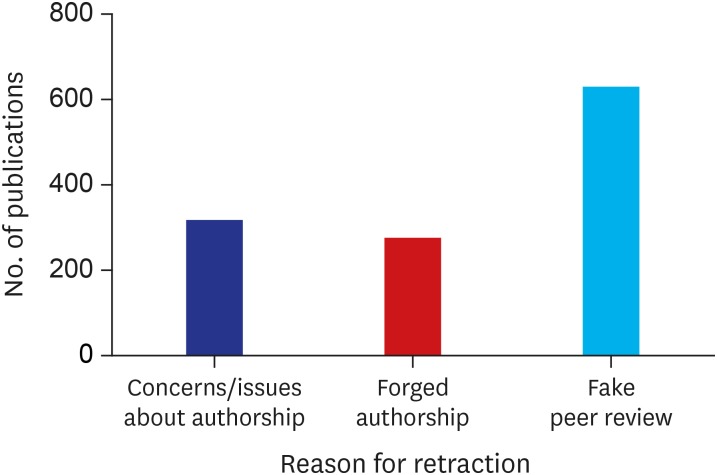
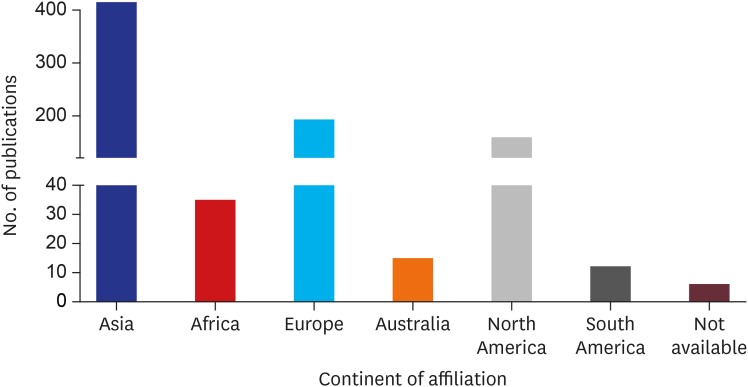
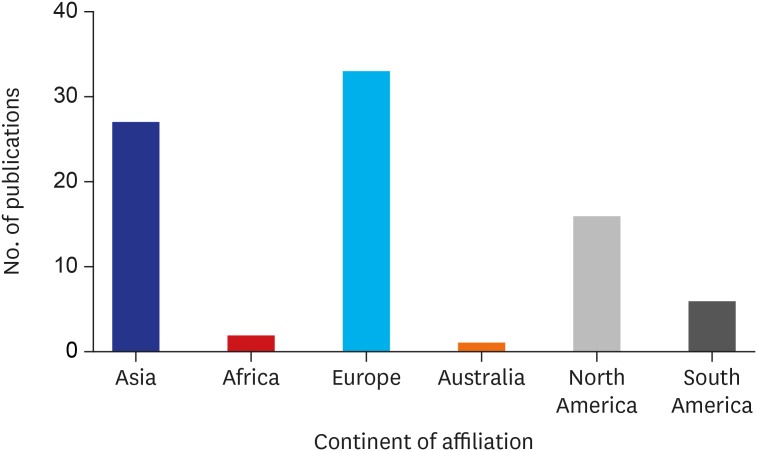
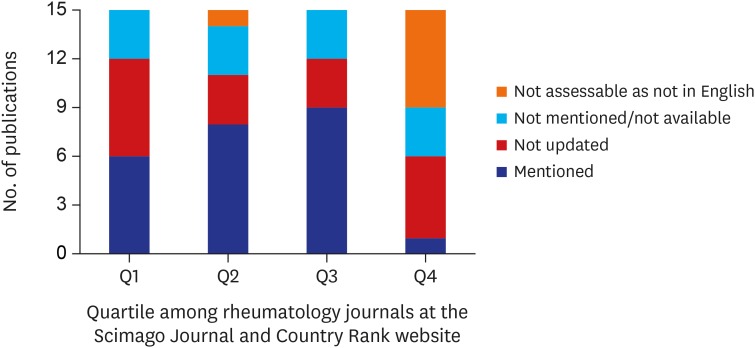




 PDF
PDF Citation
Citation Print
Print



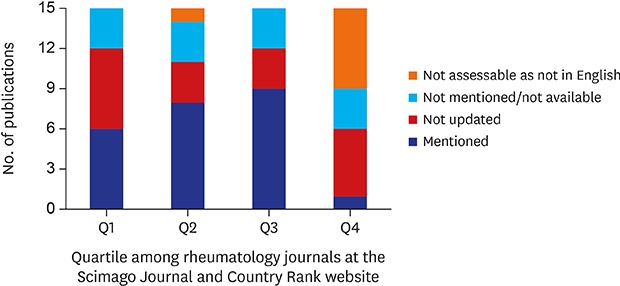

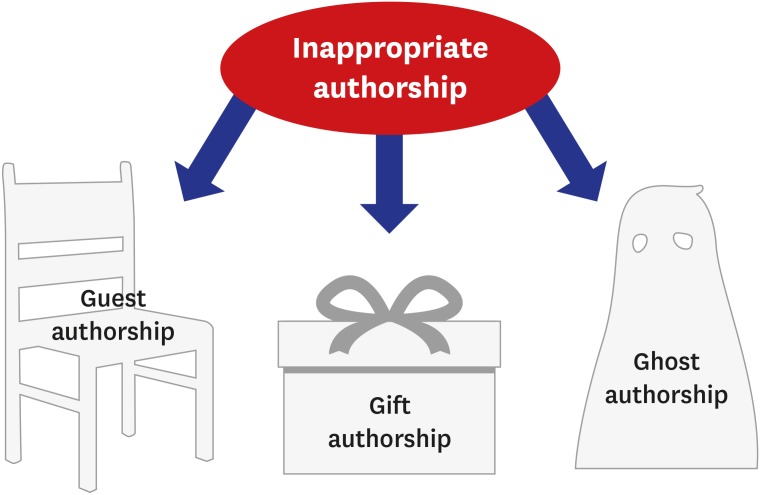
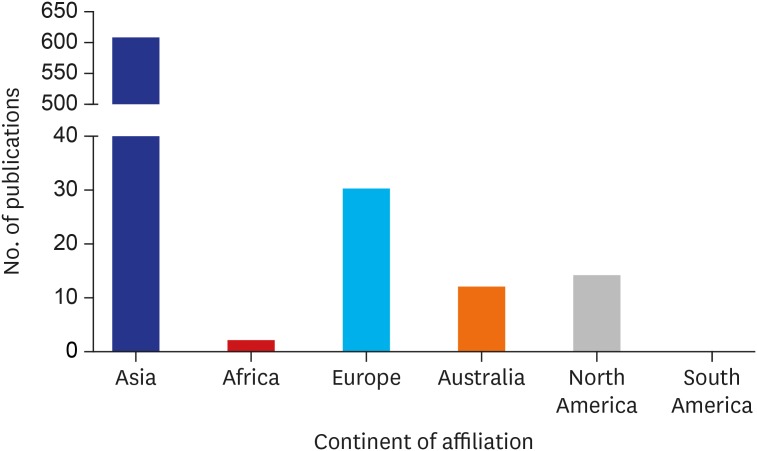
 XML Download
XML Download